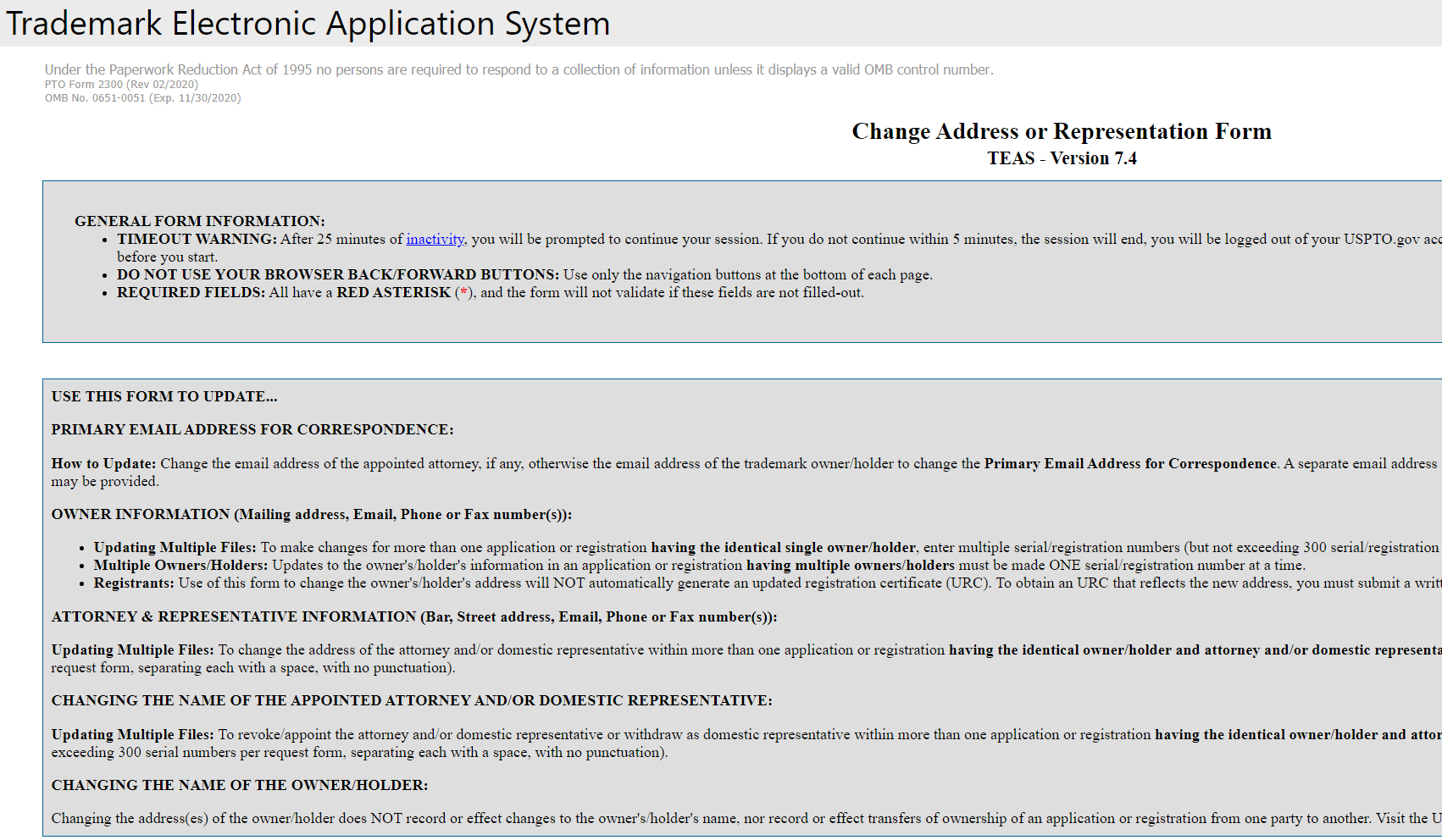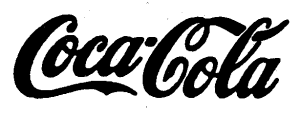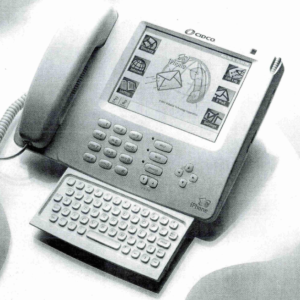Nowadays, in addition to “maker” and “brand”, “product name” is increasingly used as a trademark. There are simply so many product types and variations. Take a look at an example below:

GREEN CLEAN is a product name of a cleanser from Farmacy Beauty. My impress is that it is something that naturally cleans your skin. It feels natural because of the word GREEN, and I can assume it is a cleansing product because of the word CLEAN.
Well, this type of phrases well serve the purpose of explaining what the product is in addition to telling it apart from competitors’. However, because of the former, there’s limited protection.
Descriptive phrases
When your product name simply describes what it is, this cannot be registered on Principal Register but instead you may place it on Supplemental Register, which kind of serves as a waiting list to be registered on Principal Register.
GREEN CLEAN is no different as belows.

Why people or companies bother to register their marks on Supplemental Register? It still is a register, and it affords you the right to put ® symbol next to your product name. Other than that, it's a great stepping stone to later register on Principal Register.
Tough luck if…
You may be denied of registration altogether on both principal and supplemental register if your description is deceptive. For example, if you want to use the surname Obama for your book club, the USPTO would certainly refuse to register a name such as OBAMA BOOK CLUB.
When the description might deceive consumers or defraud them, it simply is not a trademarkable name.
In reality, though, you will face more issues with characteristics and features of your product or service. For example, let’s say you name your clothing brand SILK THE EXTRA ORDINARY. Then, the USPTO might want to confirm if your clothing is actually made of silk.
Not a ban
You can definitely use SILK for your soy milk product.

Using a descriptive word in a non-descriptive way is actually a great way to create something distinctive without much creativity.
Of course there are other ways. For example, SILKY may convey a similar meaning while avoiding deception. EXTRA ORDINARILY SILKY may not trigger the same rejection as SILK THE EXTRA ORDINARY though it’s very similar.
Another example is COPY CALF for artificial leather goods. Although it is not made of CALF, the addition of COPY made it not deceptive.
It was an obvious play on the expression “copy cat” and suggested to purchasers that the goods were imitations of items made of calf skin.
A. F. Gallun & Sons Corp. v. Aristocrat Leather Prods., Inc., 135 USPQ 459 (TTAB 1962).
Last words
As always, trademark law looks at the perception of consumers, and therefore it’s very subjective. So, you can simply look at a wording to figure out if it’s a good trademark. You should take account of the market/industry, target consumers, and product features together with the wording itself.
























